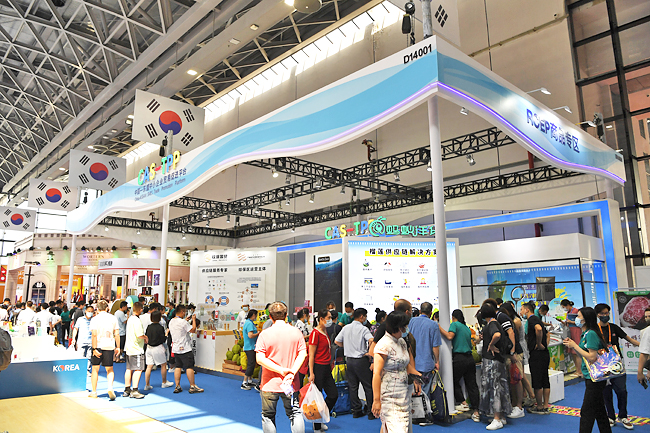MANILA (XINHUA) – The Philippines will embrace new opportunities to foster economic growth from the Regional Comprehensive Economic Partnership (RCEP) agreement as the country recovers from the COVID-19 pandemic, a Philippine envoy to China has said.
“It’s like an opening of a door to competition. However, there will be challenges among players and business people. But as everybody said, there is also an opportunity every time there is a challenge,” Philippine President Ferdinand Romualdez Marcos’ special envoy to China for trade, investments, and tourism Benito Techico told Xinhua in a recent interview.
The Philippine Senate ratified RCEP on February 21, a massive free trade agreement involving Australia, China, Japan, South Korea, New Zealand, and the 10 members of the Association of Southeast Asian Nations (ASEAN). It is the world’s largest free trade area representing 30 per cent of the global gross domestic product.
Philippine officials said RCEP covers roughly 50.4 per cent of the Philippines’ export markets, 67.3 per cent of the country’s import sources, and 58 per cent of foreign direct investment.
According to Techico, Philippine consumers will reap tangible benefits from competitions brought by the RCEP member countries. Preferential import tariffs for Philippine exports, such as agricultural and tourism products, would also give the Southeast Asian country more access to bigger markets.
“I think joining RCEP will encourage local businessmen to be more innovative.

“There will probably be new industries and innovations that would arise from the new generations,” Techico said.
He stressed the need for the Philippines to fully use its geographic dividend as a strategic location in Asia to attract more foreign investment in manufacturing and logistics.
“Technically, we have more access in terms of logistics. We could have more opportunities because those factories or the regional investors might want to take advantage of the country’s location and set up a regional logistic hub in Asia,” Techico said.
As the newly-appointed special envoy to China for trade, investments, and tourism, he believed RCEP catalyses long-term trade and investment growth between the Philippines and China.
“I would expect more guidance or support from China in terms of coming up with manufacturing facilities and investment. Moreover, if there are more partnerships between Philippine farmers and the Chinese technology provider, it will be great for agriculture,” he said.
Economic and trade cooperation between the Philippines and China has yielded fruitful results in recent years.
According to the Chinese Ministry of Commerce, by the end of 2021, China had been the Philippines’ largest trading partner for six consecutive years and had emerged as the Philippines’ second-largest export destination.
For the first 11 months of 2022, the bilateral trade volume hit USD80.41 billion, up 8.3 per cent year-on-year.







